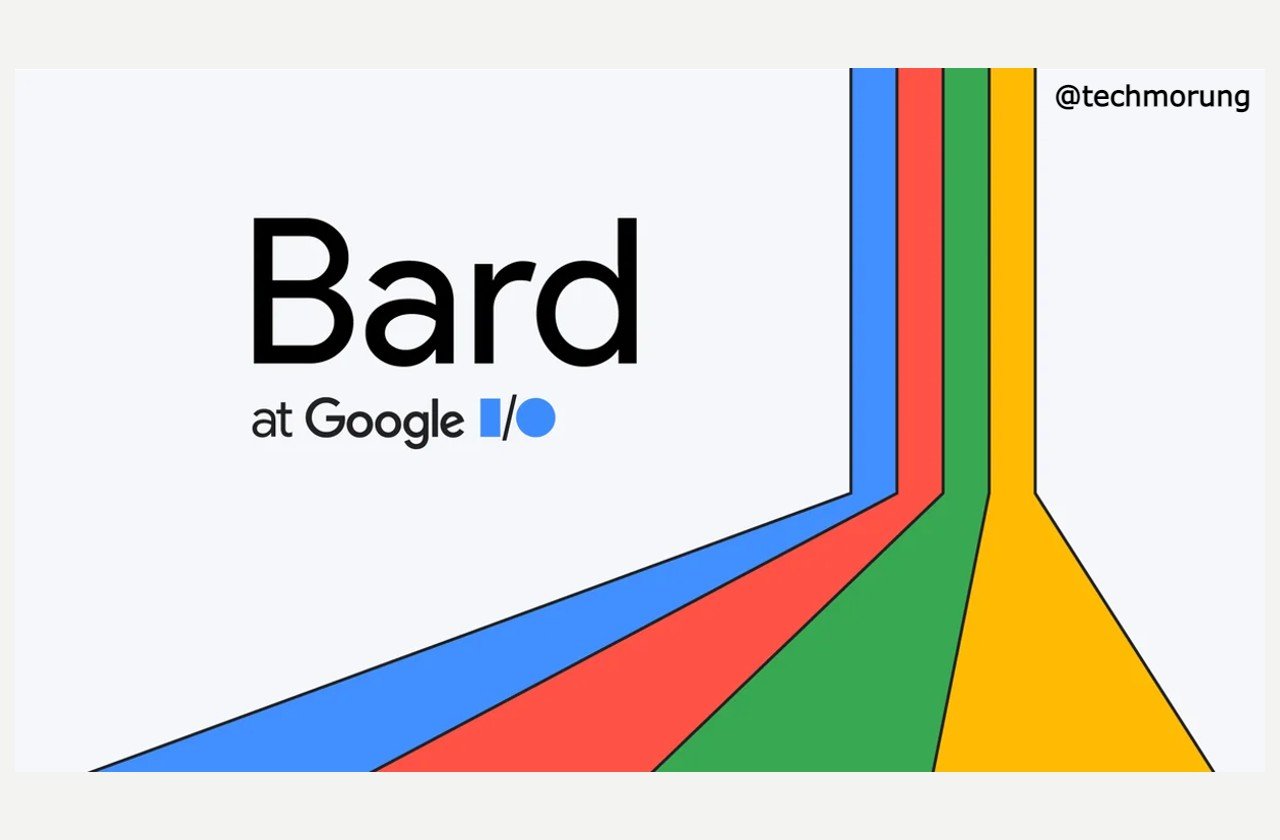Google made a major announcement at its annual I/O conference, which is sure to excite tech enthusiasts across the globe. The company has removed most waitlist restrictions for Bard, its highly advanced generative AI chatbot, and made it more widely available in English in over 180 countries and territories.
In a blog post announcing the change, Sissie Hsiao, VP and GM for Assistant and Bard at Google, stated that the company wants to get Bard into more people’s hands so that they can try it out and provide feedback. The aim is to continue improving the chatbot and introducing new features, and the larger user base will help in achieving this goal.
John Krawczyk, Senior Product Director at Google and one of the leads on Bard, announced at a press event before the conference that Korean and Japanese versions of the chatbot will be launched soon, with additional languages to follow shortly. The company is responsible for the development of the chatbot and has referred to Bard as an experiment, rather than a beta.
Google is planning to add multimodal content to Bard soon, which means that it will deliver responses in more than just text. According to Hsiao, Bard will soon become more visual in both its responses and prompts, allowing users to ask for information and get a helpful response with rich visuals such as pictures, maps, and charts. This feature will give users a much better sense of what they are exploring and experiencing.
Bard was first announced by Google in February in a blog post, and it was made available to the public in March by signing up for the waitlist. It is similar to OpenAI’s ChatGPT and is a chatbot that answers questions in natural language. With the removal of most waitlist restrictions and the addition of new features, Bard is set to become a major player in the chatbot market. The possibilities are endless, and we can’t wait to see what the future holds for this innovative technology.
Here are some of the key features of Google Bard announced at Google I/O:
- Bard is now available in more languages. Bard was previously only available in English, but Google has now expanded its availability to over 180 countries and territories. This means that Bard can now be used by people all over the world.
- Bard is now more visual. Google has added multimodal content to Bard, which means that it can now deliver answers in more than just text. For example, if you ask Bard “What are some must-see sights in New Orleans?”, it will be able to provide you with a list of sights, as well as images and videos of those sights.
- Bard is now more creative. Google has made Bard more creative, which means that it can now generate different creative text formats of text content, like poems, code, scripts, musical pieces, email, letters, etc. For example, you can ask Bard to write a poem about a specific topic or to generate code for a simple program.








